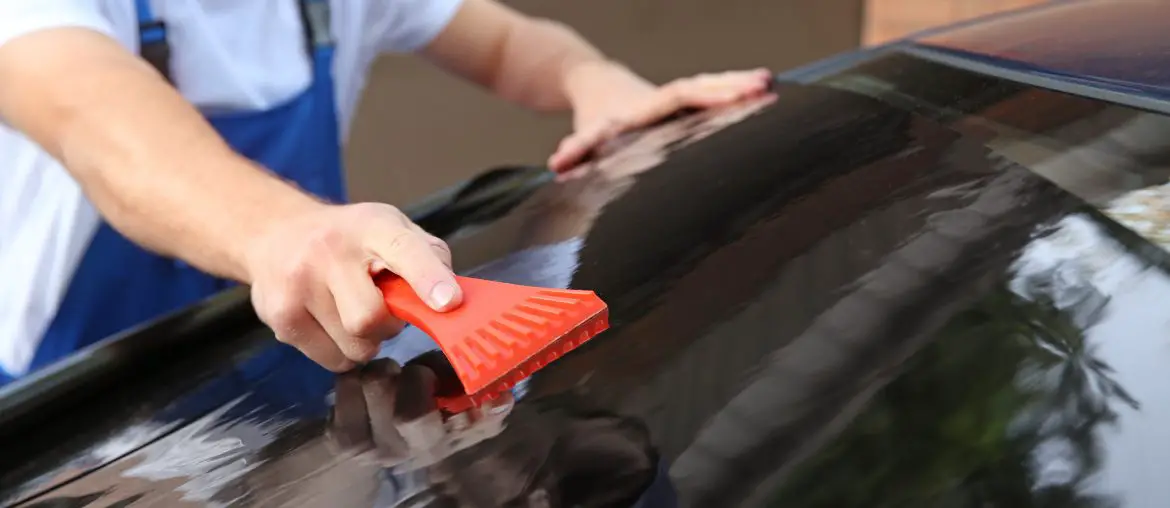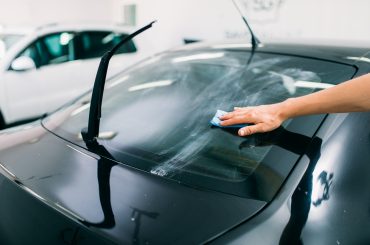Car window tint shades are the ultimate solution for the rising temperatures in the sunny states. Getting into a vehicle heated up due to parking in the heavy sun is the worst experience you would experience. This would even create very bad health issues such as nausea, fainting, and even heat strokes.
The car window tinting helps in avoiding heat gets trapped inside the vehicle and thus, reducing the temperature inside the vehicle. Car window tinting has become a common practice in the world today, which is a good step in the right direction. It not only makes you feel comfortable but also safeguards your health and protects travelers from harmful radiation.
Table of Contents
What is Expected from Having Various Tint Shades?
The films of tint block the heat that tries to penetrate the windows and hence, acts as a shield that protects the passengers from harmful UV radiation.
The various shades of tint are important in this case, as the shade percentages determine the amount of glare reduced and the amount of light that enters the vehicle. Also, the shade of tint can be chosen depending on the user’s preference and budget.
Historical Developments
In the earliest stage, tints were created for the space shuttle industry so as to reflect heat during space travel. The first use of tint films was in the space mission, Apollo. Along with time this technology was used for heat elimination on-road vehicles. Nevertheless, one main drawback was that these tint films were more expensive with respect to the price of cars. The friction on land vehicles caused a lack of durability, unlike in space travel where there is no friction.
After about a decade, a tougher form of window tint was developed which was less expensive. These were used for the windows of buildings and offices. This was created by spraying a coat of vapor on a film of clear polyester using mounting adhesive. This created a highly reflective look, almost mirror-like. Therefore it couldn’t be used for vehicles. It was also scratched easily and hence the quality was low. Towards the early 1970s, a dyed film of metal was introduced that reduced the reflective appearance. A few years later, the thick mounting adhesive was introduced for enhancing security on cars.
The reflective and flat films originated in Western Australia in the mid-1970s. It used 20% silver films. The scratch-resistant property was added in the late 1970s. The metallic combination and alloy technology were introduced in the 1980s. With the increasing popularity of window tints, new laws and regulations were created and this is where the Visible Light Transmission factor came into existence.
Later, the dyed or colored film of tint was introduced. Here, a shade percentage of 35% was allowed for side windows and the rear glass. The industry of car window tints reached its highest market during the mid-1990s. Even though the industry may not be at its peak at present, the tinting still continues with even more advancements of technology.
Car Window Tint Shades
The Visual Light Transmission percentage (VLT %) represents the percentage of visible light that can penetrate the window film. Some of the common percentages of window tints are shown below.
- No Tint
These are the factory-installed, regular type of windows that is clear and does not have any shade. They are almost clear like glass but may be subjected to various glass conditioning procedures.
- Fifty Percent
As indicated, 50% of the sun rays are blocked and only half is allowed to penetrate into the interior of the car. This is one of the best shades of tint that moderately blocks both heat and harmful radiation. In addition, this is the average shade percentage that is allowed in all the states. This shade is known as ‘light smoke’ and creates a mild classy look on the vehicle.
- Thirty-Five Percent
This creates a darker effect on the car windows. Therefore, it blocks more sunlight and gives more protection from UV radiation. This is referred to as the ‘smoke tint’.
- Twenty Percent
This is the shade created in most of the newly manufactured vehicles. Therefore, it is commonly referred to as the ‘factory tint’. It is also known as ‘medium tint’ or ‘midnight tint’ by some manufacturers.
- Five Percent
This is the darkest effect as only 5% of light is allowed to pass through the film. Hence, the glasses would look almost black and commonly known as ‘limo tint’ or ‘dark tint’. This is mostly used in commercial vehicles and VIPs for extreme privacy. It also prevents theft as the interior cannot be seen from the outside.
Advantages and Disadvantages of Tinting Car Windows
The advantages of tinting car windows have been discussed in our previous article on Types of Window Tint. Let’s refer to some disadvantages of having dark tint on car windows.
The car window tints reduce the threshold contrast of light. Thus, the vision would be blurred naturally. This would create negative impacts on older drivers and create road accidents. Also, the tint would separate from the glass due to wearing off with time and create air bubbles trapped inside the film. This would interrupt the vision of the driver and is commonly known as the ‘Bubble Effect’.
Most of the time, dark-tinted vehicles are used for illegal and criminal actions as it provides protection to the passengers due to low visibility. Due to such security concerns, most countries have laws limiting the darkness percentage of vehicles. They even have rules and regulations to curb such illegal car window tinting.
Window Tint Shades Chart Recommendations
The shades of car window tints range from 50% to 5% VLT, where 5% is the darkest shade. Even though these shades are available, there are many legal limitations that restrict the tinting of car windows over certain levels of darkness.
The most common shade limit recommended is 35% for the rear windows and 50% for the front windows. Using too many dark shades for the front is prohibited due to security concerns as the driver’s visibility might be obstructed, especially at night.







